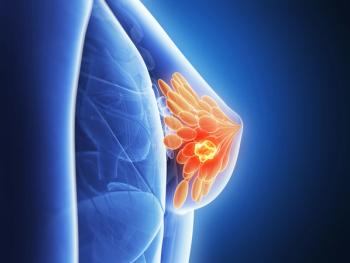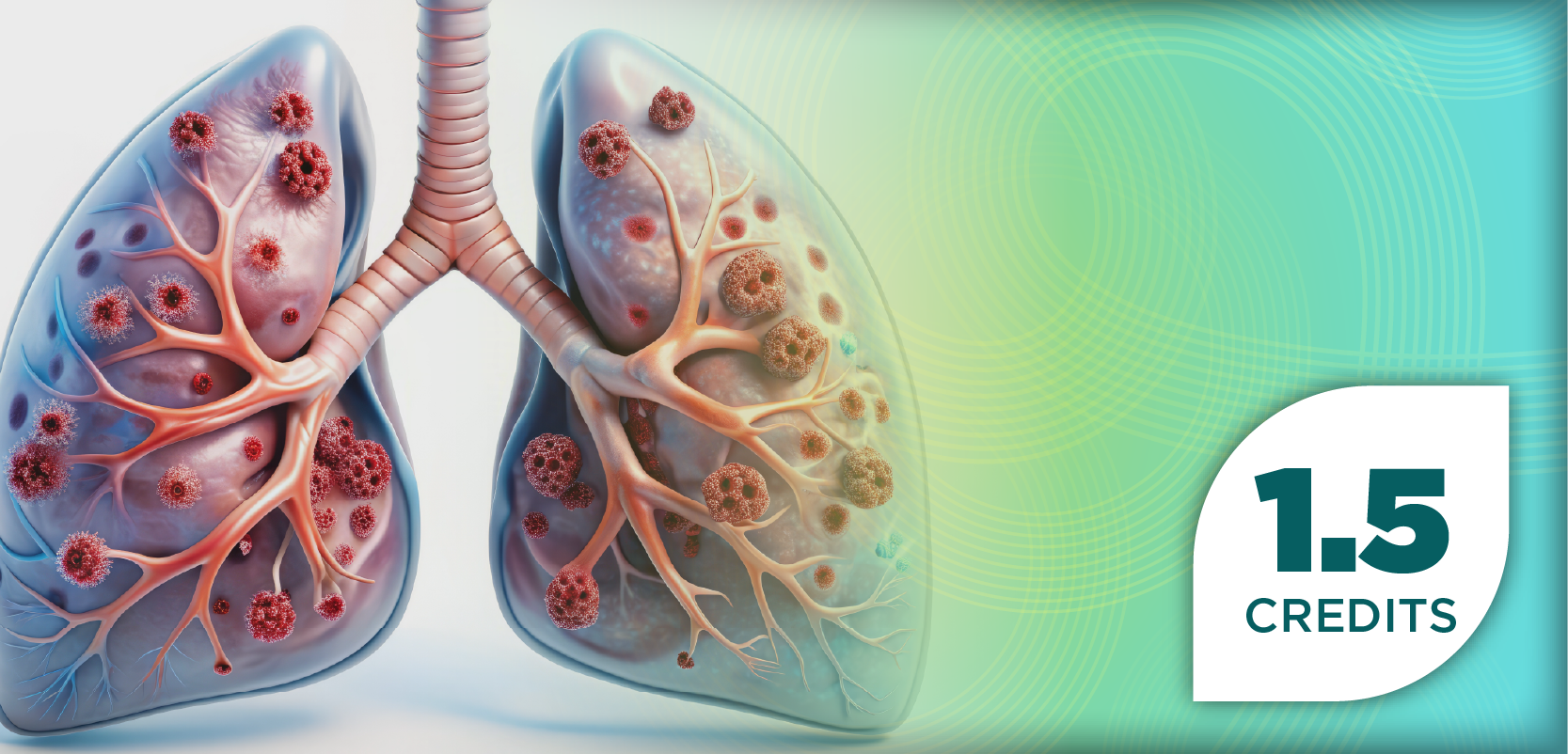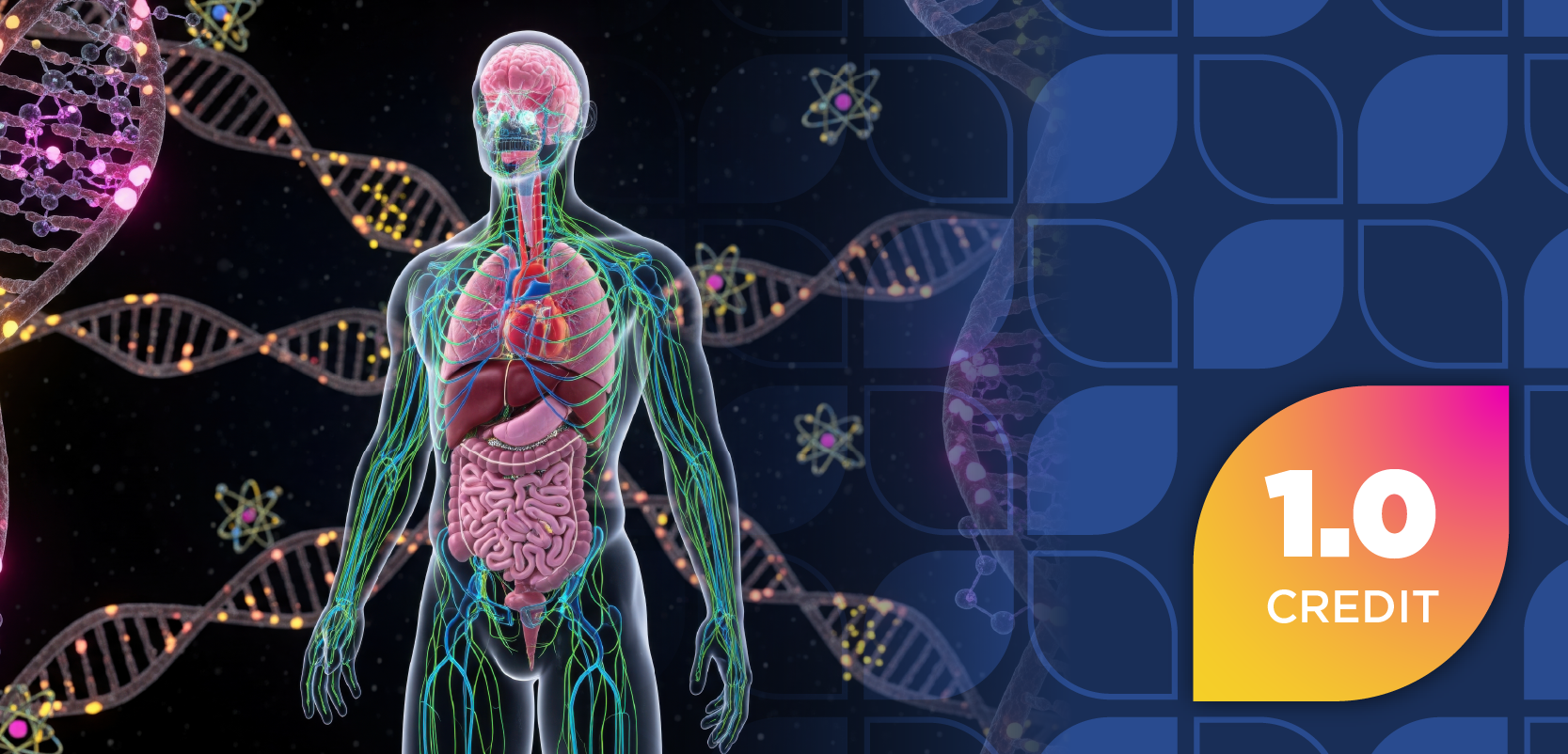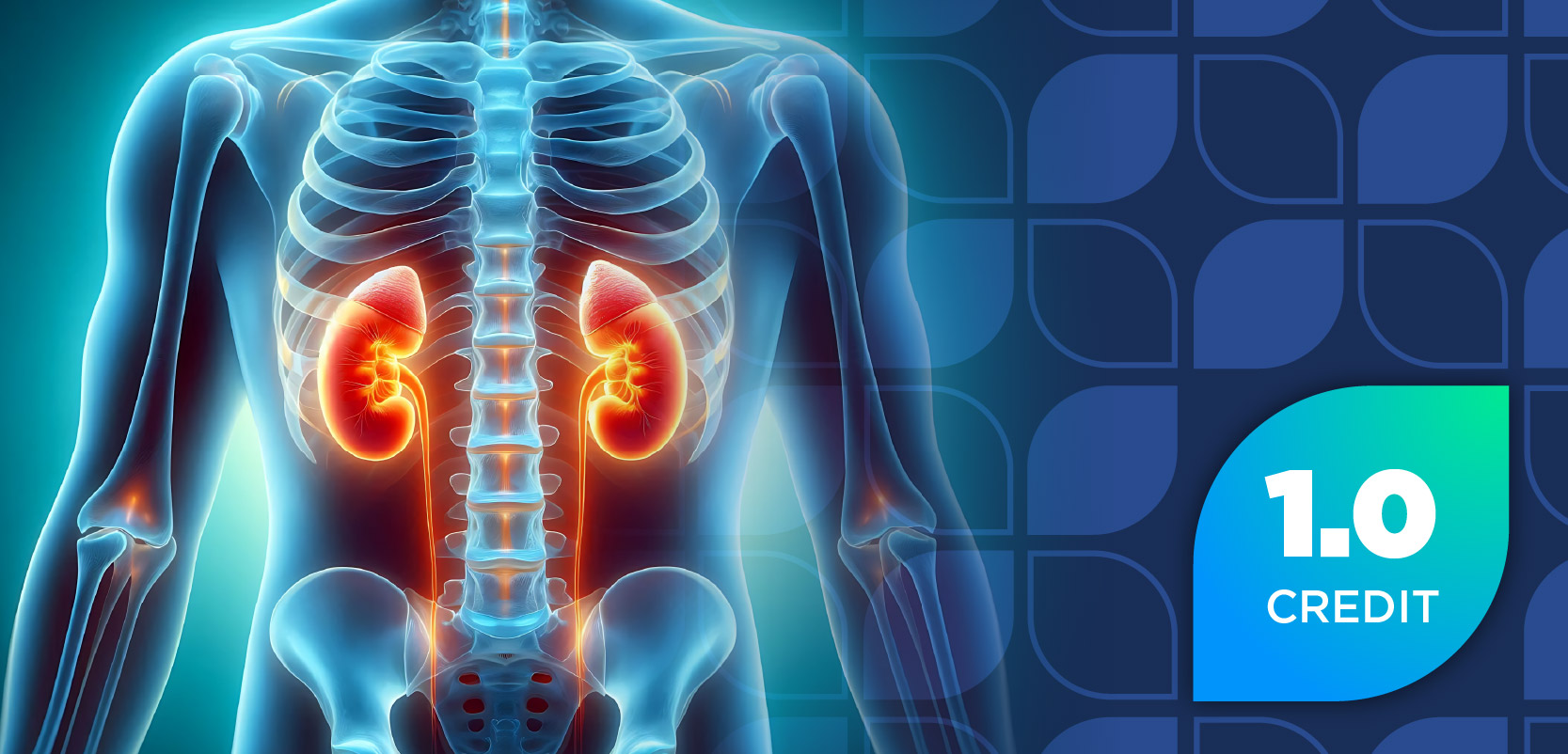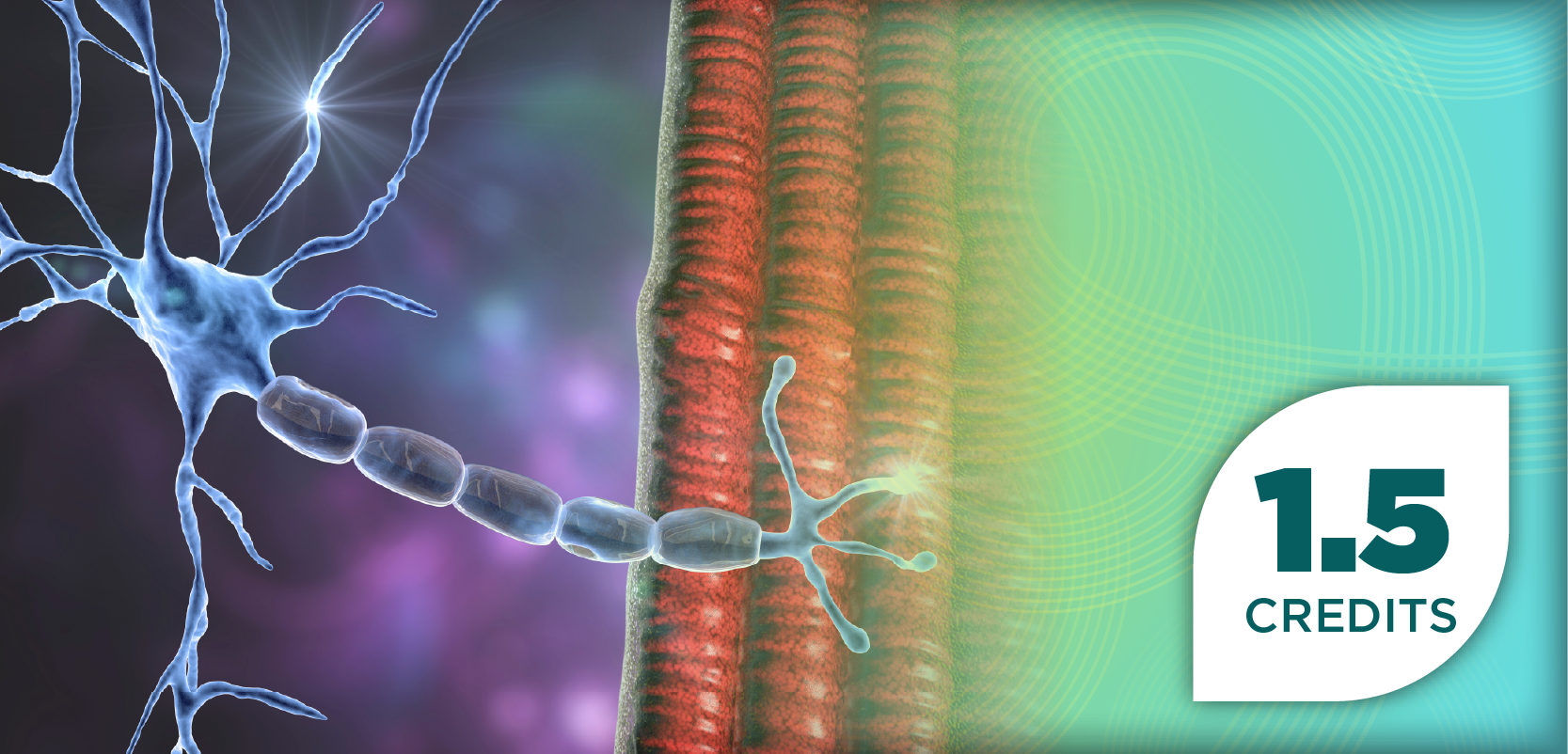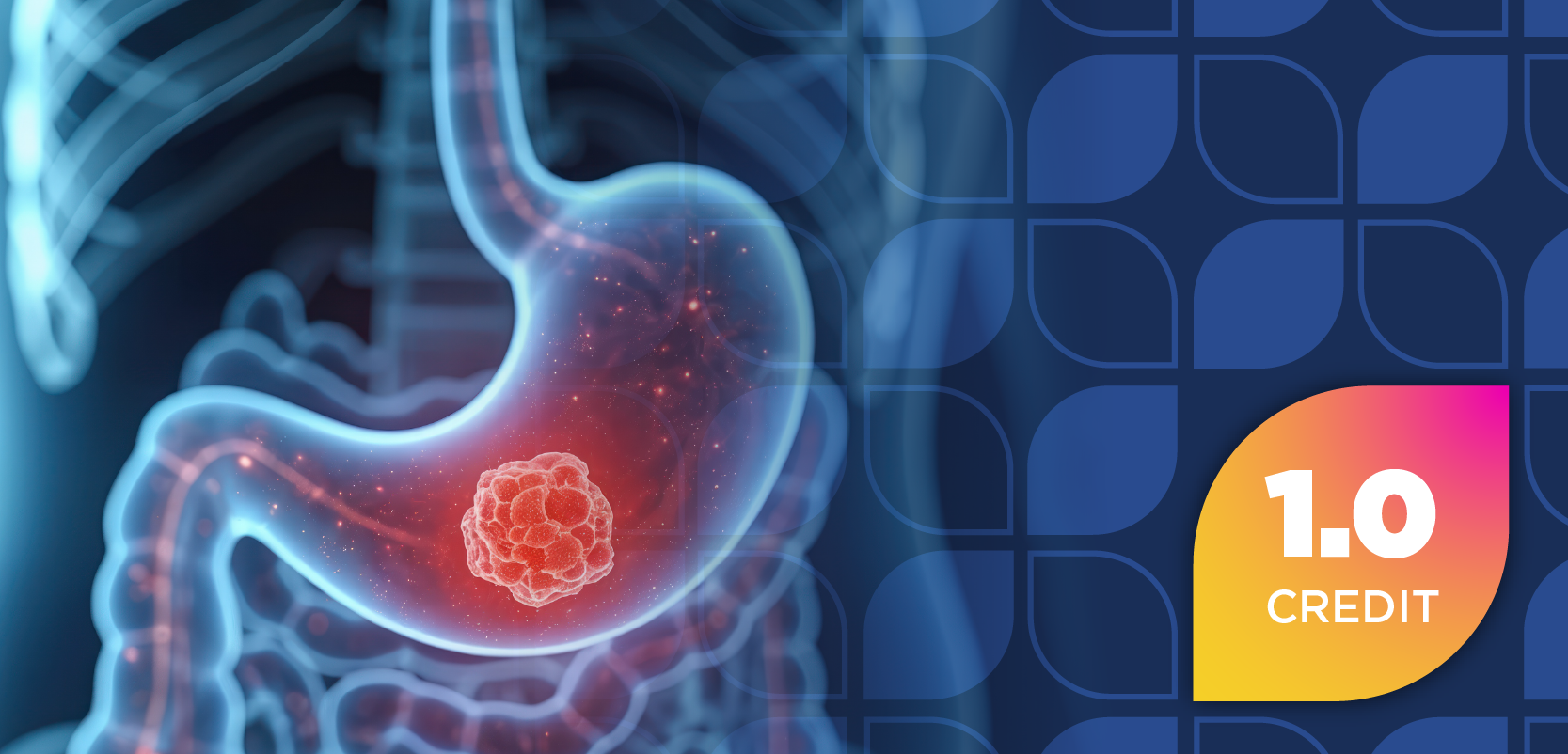
|Articles|November 12, 2021
Pharmacy Clinical Pearl of the Day: Eisenmenger Syndrome
Author(s)Saro Arakelians, PharmD
Heart defects associated with Eisenmenger syndrome cause blood to circulate abnormally in the heart and lungs.
Advertisement
Clinical Pearl of the Day: Eisenmenger Syndrome
Eisenmenger syndrome is a long-term complication of an unrepaired congenital heart defect.
Insight:
- The congenital heart defects associated with Eisenmenger syndrome cause blood to circulate abnormally in the heart and lungs.
- When blood doesn't flow normally, blood vessels in the lungs become stiff and narrow, increasing the pressure in the lungs' arteries.
- Symptoms may include bluish or grayish skin color (cyanosis); large and rounded fingernails or toenails (clubbing); easily tiring and shortness of breath with activity; shortness of breath while at rest; chest pain or tightness; skipped or racing heartbeats (palpitations); dizziness or fainting; coughing up blood; numbness or tingling in fingers or toes; and headaches.
- Causes: Eisenmenger syndrome usually develops due to a hole between the chambers of the heart.
- Diagnosis may include, blood tests, electrocardiogram (ECG), chest X-ray, and echocardiogram. The provider may also use computerized tomography (CT) scan, magnetic resonance imaging (MRI), and cardiac catheterization.
- Treatment may include medications to control irregular heart rhythms, iron supplements, aspirin or other blood-thinners, medications that relax blood vessel walls, sildenafil and tadalafil, and antibiotics.
Sources:
Newsletter
Stay informed on drug updates, treatment guidelines, and pharmacy practice trends—subscribe to Pharmacy Times for weekly clinical insights.
Advertisement
Latest CME
Advertisement
Advertisement
Trending on Pharmacy Times
1
FDA Approves Lerodalcibep for Hypercholesterolemia and Heterozygous Familial Hypercholesterolemia
2
2025 FDA Approvals Highlight the Growing Role of Biomarkers in Breast Cancer
3
SABCS 2025 Roundup: Advancing Therapy and Precision Care in Breast Cancer
4
Once-Weekly Retatrutide Reduces Weight and Knee Pain in Patients With Obesity and Osteoarthritis
5

